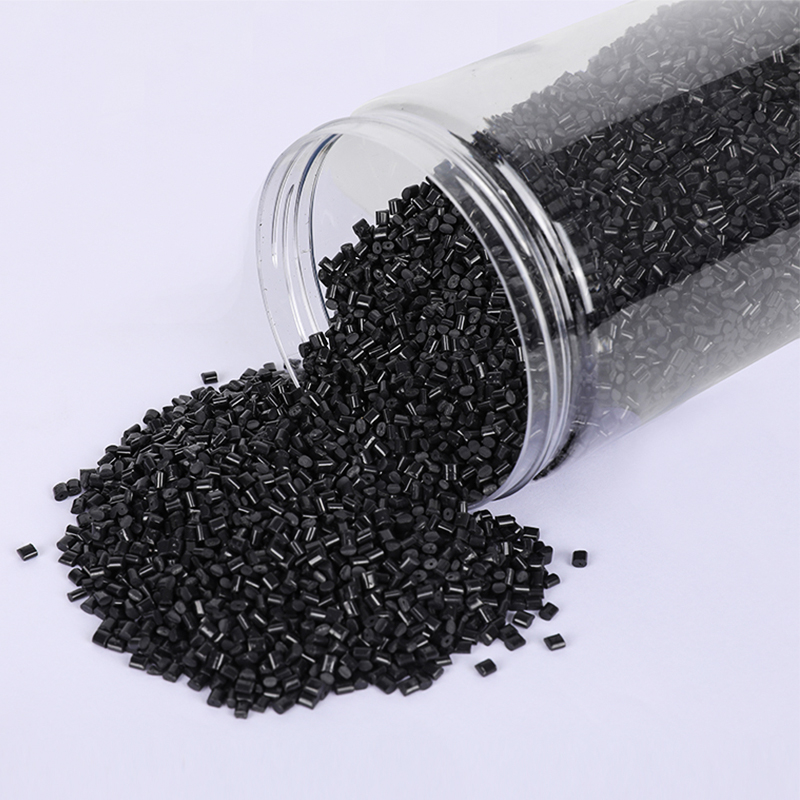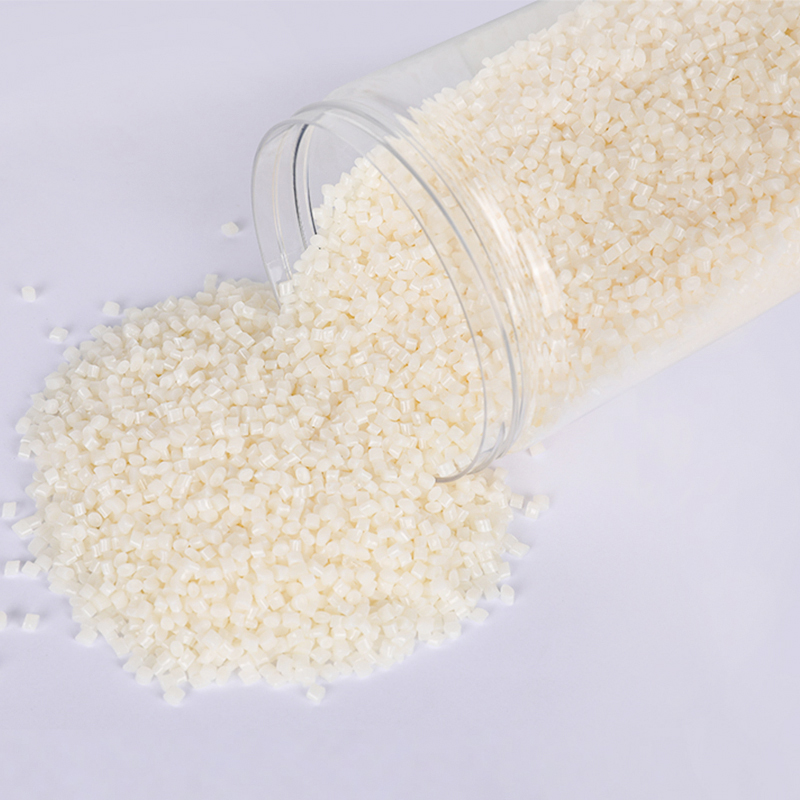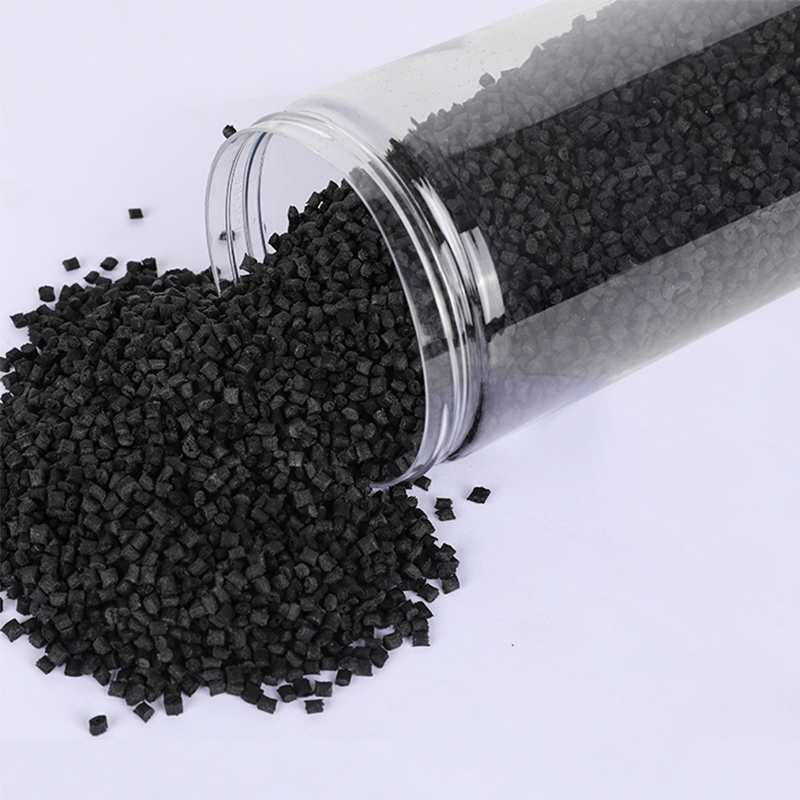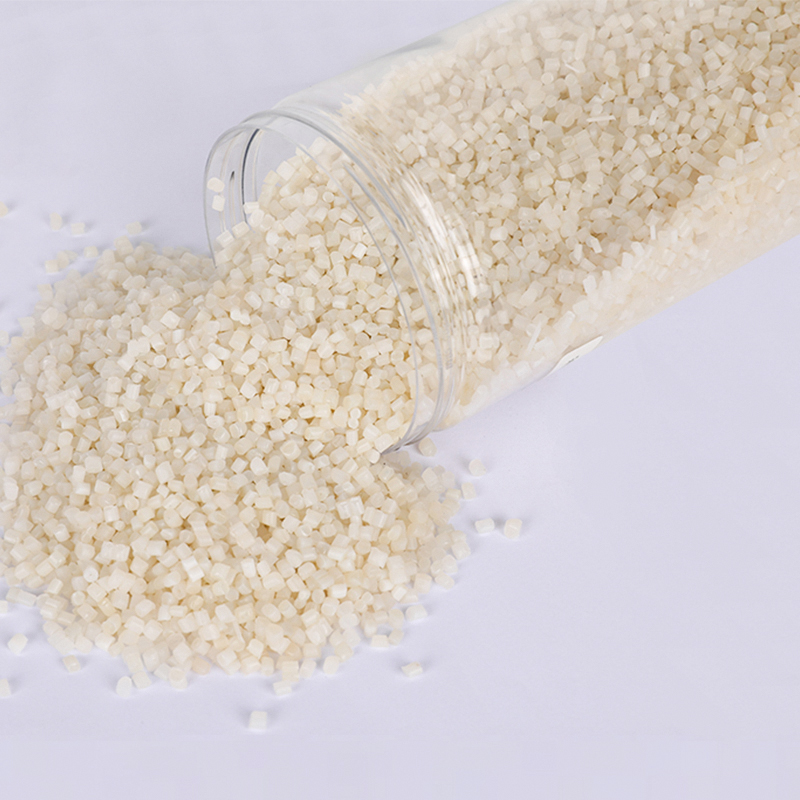This article focuses on recycled polyamide fabric (often recycled nylon) with practical guidance for textile manufacturers, product developers, and procurement teams. It covers how recycled polyamide is produced, key physical and environmental properties, sourcing and certification checks, testing protocols, cost and supply considerations, typical end-use applications, and care/processing tips that reduce risk in development and production.
How recycled polyamide fabric is produced: feedstock and processes
Recycled polyamide originates from two main feedstocks: post-industrial waste (scraps, offcuts, yarn trimmings) and post-consumer waste (fishing nets, carpets, apparel). Producers use mechanical recycling (shredding, washing, extrusion, re-spinning) or chemical recycling (depolymerization to monomers then repolymerization) depending on contamination levels and required fiber quality. Mechanical routes are common for regenerated staple fiber and yarn; chemical routes yield polymer-grade material similar to virgin polyamide and are preferred for high-performance applications.
Key production steps (practical checklist)
- Feedstock sorting: separate polyamide streams by type (PA6 vs PA6.6), color and contamination level.
- Cleaning & decontamination: remove oils, salts (from nets), and residues to safe ppm levels for extrusion.
- Size reduction: granulation or flaking to uniform particle size for controlled melt processing.
- Extrusion / depolymerization: choose mechanical extrusion for staple yarns or chemical depolymerization for high-purity polymer.
- Pelletizing and re-spinning: produce pellets for filament spinning or staple fibers for nonwovens and knit/weave yarns.
- Quality control sampling: polymer intrinsic viscosity (IV), moisture content, and contaminant screening before and after reprocessing.
Material properties and design implications
Recycled polyamide retains many core properties of virgin PA (high tensile strength, abrasion resistance, quick drying), but values can vary with feedstock and process. Expect small reductions in intrinsic viscosity and potential color variance. For designers and engineers, this means: specify broader acceptance tolerances, plan for additional dyeing/passivation steps, and validate mechanical properties for the target application.
Typical measured properties (what to test)
- Tensile strength and elongation at break — for structural and performance textiles.
- Abrasion resistance (Martindale or Taber) — for upholstery, outerwear, and bags.
- Moisture absorption and wicking — important for activewear and linings.
- Intrinsic viscosity (IV) or molecular weight distribution — indicates polymer degradation level.
- Color fastness & yellowing index — recycled feedstock often needs color correction.
Technical specification table for typical recycled polyamide fabrics
| Property | Typical Range | Test Method / Notes |
| Tensile Strength (warp/weft) | 800–2200 N (varies by yarn count) | ISO 13934 or ASTM D5034 — confirm on finished fabric |
| Elongation at Break | 20%–60% | High elongation in filament types; staple lower |
| Abrasion Resistance | 10k–80k cycles (Martindale) | Application dependent — 20k+ recommended for heavy use |
| Intrinsic Viscosity (IV) | 0.6–1.0 (mechanical) / 0.9–1.3 (chemical recycle) | Lower IV suggests degraded polymer — impacts strength |
| Recycled Content | 30%–100% | Specify % by mass and whether pre/post-consumer |
Sourcing, traceability, and certification checklist
When sourcing recycled polyamide fabric, insist on traceability and certificates that match your sustainability claims. Distinguish certified recycled content from mixed or blended claims, and require chain-of-custody documentation. Key certifications and labels to request in procurement include:
Certifications and documents to request
- Global Recycled Standard (GRS) — verifies recycled content and chain of custody.
- OEKO-TEX Standard 100 / MADE IN GREEN — checks for harmful substances and manufacturing transparency.
- Recycled Claim Standard (RCS) — for percentage claims when GRS is not used.
- Mass Balance documentation — if chemical recycling with split allocation is used.
- Feedstock origin report — shows post-consumer vs post-industrial proportions.
Testing protocol to reduce production risk (inbound to production line)
Implement an inbound testing protocol to catch variability before bulk dyeing or cutting. A minimal practical protocol for each lot should include moisture content, IV/molecular weight proxy, tensile, color readings (CIELAB), and contaminant screening (chlorides, oils). Keep acceptance criteria in the purchase contract and include rejection/rectification steps for non-conforming lots.
Recommended inbound test sequence
- Lot sampling: 5–10 random samples per bale/roll depending on batch size.
- Moisture test: target <0.5% for extrusion-sensitive steps.
- IV or viscosity test: compare to spec; accept only within agreed % of target.
- Visual & spectrophotometer color check: set ΔE acceptance limits.
- Contaminant analysis: chloride and oil residue limits, especially from nets and carpets.
Processing & dyeing tips specific to recycled polyamide
Recycled polyamide can respond differently to dye chemistry and heat history. To minimize defects and color variability, pre-condition yarn/fabric (drying to target moisture), use lower dyeing temperatures if IV is low, and consider carrier-free dye procedures when possible. Enzyme or mild alkaline scouring may help remove surface contaminants before dyeing. Always run a pilot batch with the exact recycled lot intended for production.
Operational checklist for mills
- Dry to specified residual moisture before dyeing or extrusion.
- Reduce dyeing temperature by 5–10°C for lower-IV materials and extend time for even uptake.
- Use anti-yellowing agents and UV stabilizers for outdoor applications.
- Document lot numbers through finishing to maintain traceability.
End-use applications and selection guidance
Recycled polyamide performs well for: sport and swimwear linings, knitwear, outerwear shells, backpacks, luggage linings, and technical textiles where a balance of strength and light weight is required. For ballistic, high-temperature, or FDA direct food contact uses, demand strict qualification because recycled feedstock variability may be incompatible.
Application decision guide
- High structural loads (e.g., climbing gear): prefer chemically recycled or high-IV mechanically recycled material with certified test data.
- Aesthetic apparel: require color consistency samples and specify post-dyeing color stability tests.
- Casual bags & accessories: mechanically recycled PA is usually acceptable with abrasion testing.
Cost, supply chain risks and mitigation strategies
Recycled polyamide can be cost-competitive but is subject to feedstock availability and sorting capacity. Chemical recycling currently carries a premium in many markets due to process capital and energy. To mitigate risk: qualify multiple suppliers, negotiate flexible pricing linked to feedstock category, hold safety stock for critical SKUs, and create a specification “guardrail” that allows small property variance without product failure.
Practical procurement actions
- Establish at least two certified suppliers per key SKU to reduce single-source risk.
- Include flexible acceptance ranges in the contract tied to specific test results.
- Request advance notification of feedstock changes (e.g., shift from PA6 to PA6.6 streams).
Care, end-of-life and circularity considerations for brands
To maximize circularity, design products for disassembly (separable trims and labels), avoid incompatible blends (e.g., PA blended irreversibly with non-recyclable elastomers), and include care instructions to prolong product life. Provide consumers with take-back options or partner with textile recyclers to close the loop. Communicate clear recycled content claims supported by certificates to avoid greenwashing risks.
Consumer care recommendations to extend life
- Wash on cold, gentle cycles and line dry to reduce mechanical stress and microplastics release.
- Repair guidelines and spare parts (zips, straps) to extend usable life.
- Recycling/take-back labeling: include clear instructions and % recycled content on care label.

 简体中文
简体中文 English
English








